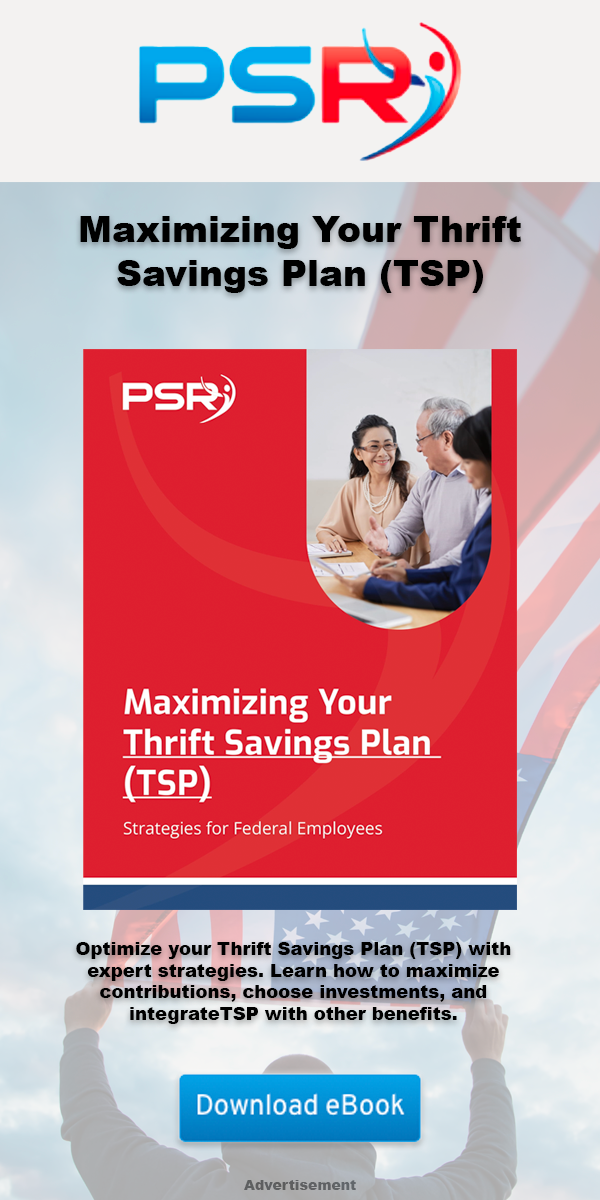Key Takeaways
-
CSRS retirees are seeing significant financial gains in 2025 due to changes in Social Security rules and COLA increases, making their retirement more rewarding than ever.
-
However, new legislative adjustments and healthcare cost pressures mean you must stay vigilant to protect your full benefits.
Why 2025 Feels Different for CSRS Retirees
If you are a retiree under the Civil Service Retirement System (CSRS), 2025 brings you some of the best news in decades. The repeal of the Windfall Elimination Provision (WEP) earlier this year has opened doors to higher Social Security benefits, a sharp contrast to the reductions you faced in the past. Additionally, the 3.2% Social Security cost-of-living adjustment (COLA)
- Also Read: Want to Leave Before 62? Here’s the Tradeoff Most Federal Workers Don’t Consider
- Also Read: 3 Ways CSRS Retirees Can Avoid Social Security Reductions Due to the Windfall Elimination Provision (WEP)
- Also Read: Your Next Federal Pay Raise Might Come With a Tradeoff—Here’s What to Watch
Compared to previous years, your financial outlook feels substantially brighter. But this new environment requires strategic awareness. Not everything in 2025 is entirely in your favor, and understanding the nuances will help you keep what you have earned.
How the WEP Repeal Impacts Your Income
The Social Security Fairness Act, signed into law in January 2025, repealed the Windfall Elimination Provision (WEP). Before 2025, WEP reduced Social Security benefits for CSRS retirees because they had a pension from employment not covered by Social Security. In 2024, for example, WEP could slash monthly benefits by up to $613.
Now, with WEP gone:
-
You can receive your full Social Security benefit based on your earnings record.
-
If you previously claimed Social Security, your monthly benefit should have already increased starting from early 2025.
-
Future claims will not face WEP reductions, preserving your eligibility for higher lifetime benefits.
This change alone can boost your retirement income significantly, especially if you worked in the private sector for a portion of your career.
COLA Adjustments Are Still Strong in 2025
In 2025, both CSRS pensions and Social Security benefits receive a 3.2% COLA increase. Although slightly lower than the 2023 and 2024 adjustments, which reflected inflation spikes, the 2025 COLA is still meaningful in sustaining purchasing power.
Under CSRS rules:
-
You receive the full COLA each year, unlike FERS retirees, who sometimes get a reduced COLA if inflation is between 2% and 3%.
-
This full COLA ensures that your annuity stays aligned with current economic realities.
The bottom line? Your retirement income rises without needing to take risky investment moves.
Health Care Costs Are the Hidden Threat
While your pension and Social Security benefits are stronger in 2025, healthcare expenses continue to climb. Even though you might enjoy lifetime Federal Employees Health Benefits (FEHB) coverage, your share of the premiums has increased.
In 2025:
-
FEHB premiums for retirees have risen by an average of 13.5% compared to 2024.
-
Copayments, deductibles, and coinsurance rates for many plans have also edged up.
If you coordinate FEHB with Medicare Part B, you also face a higher monthly Part B premium of $185, up from $174.70 in 2024. Managing these healthcare costs is critical to preserving your newfound financial gains.
Survivor Benefits: What You Should Know
CSRS offers robust survivor benefits, but you need to ensure your elections still fit your situation in 2025.
-
If you elected a survivor annuity at retirement, your survivor (spouse or eligible family member) will continue to receive part of your annuity after your death.
-
If you experience a major life change, such as remarriage or divorce, you may need to update your elections within specific timeframes (typically within 2 years).
Reviewing your survivor benefit elections now can avoid complications later.
What About Medicare and Long-Term Care Planning?
Given longer life expectancies, long-term care planning remains essential even in this “winning” year for CSRS retirees.
-
While FEHB plans offer good acute care, they often do not fully cover long-term care needs such as nursing home stays.
-
The Federal Long-Term Care Insurance Program (FLTCIP) enrollment remains frozen for new enrollees as of 2025, making private solutions more necessary if you missed earlier opportunities.
Medicare coverage coordination is equally important:
-
Medicare Part A remains premium-free for most.
-
Medicare Part B requires careful budgeting alongside FEHB premiums.
-
Medicare Part D drug coverage improvements, including the $2,000 out-of-pocket cap for prescriptions, help manage medication costs.
But to maximize your healthcare benefits, reviewing your coverage each year during the Fall Open Season remains wise.
CSRS Annuity Payment Stability in 2025
Your CSRS annuity remains as reliable as ever in 2025. Unlike Social Security, which depends partly on political funding decisions each year, the CSRS annuity is paid out of the Civil Service Retirement and Disability Fund.
-
The fund remains solvent, with no immediate threats to its ability to meet obligations.
-
Lawmakers have proposed no reductions to CSRS pensions as of this year.
This financial stability is another reason why CSRS retirees are well-positioned now compared to many private-sector retirees.
Tax Considerations for Your 2025 Retirement Income
Higher retirement income may push you into a higher federal income tax bracket in 2025.
Important tax facts to consider:
-
Up to 85% of your Social Security benefits may be taxable depending on your combined income.
-
Your CSRS pension is taxable at the federal level, though portions representing your own contributions are exempt.
-
Some states exempt CSRS pensions or provide partial exemptions, so understanding your state tax rules can save you significant money.
Filing an updated tax withholding election or making quarterly estimated payments can help you avoid tax surprises.
Potential Future Challenges You Should Monitor
Although 2025 is a favorable year for CSRS retirees, you must stay aware of potential challenges ahead:
-
Legislative Proposals: Some lawmakers continue to push for changes to federal retirement benefits, including adjusting cost-sharing ratios in FEHB or modifying COLAs.
-
Healthcare Inflation: If medical costs continue to outpace COLAs, your healthcare spending could erode your purchasing power.
-
Long-Term Solvency Risks: While CSRS is secure for now, broad federal budget pressures could bring discussions about benefit reforms in the coming decade.
Staying informed ensures that you can act quickly if the legislative environment shifts.
Steps to Strengthen Your Financial Security in 2025
With the favorable winds of 2025, now is an ideal time to shore up your retirement plans. Consider taking the following steps:
-
Schedule an annual retirement check-up with a licensed professional.
-
Reassess your survivor benefit elections and life insurance needs.
-
Review your FEHB plan and consider pairing it effectively with Medicare.
-
Update your tax planning strategies based on your higher income levels.
-
Evaluate potential gaps in long-term care coverage.
-
Keep a close watch on legislative news that could affect your benefits.
Taking proactive steps ensures you will not only “win” in 2025 but continue to thrive in the years ahead.
Protecting Your CSRS Advantages Going Forward
The advantages CSRS retirees enjoy in 2025 are significant and hard-earned. But they come with responsibilities. Healthcare costs, taxation, and legislative risks are all real and require smart navigation.
By understanding the bigger picture and taking simple, proactive actions today, you can keep your retirement solidly on track. If you need personalized assistance, consider reaching out to a licensed professional listed on this website who can help you make the most of your well-deserved benefits.













